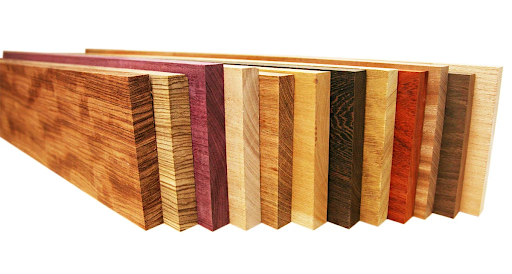Using exotic woods for flooring can help create a stunning effect in your home. There are many benefits of exotic woods, and these include durability, ease of maintenance, and a beautiful appearance. These types of woods come in many different varieties, including bamboo, teak, and safely. These hardwoods can be used for any number of applications, including floors, countertops, and furniture.
Teak
Choosing to buy from exotic woods suppliers such as We Are Tropical for your home can provide a number of benefits. For starters, they are durable and can last for many years to come. They are also resistant to moisture and humidity, which make them ideal for high-traffic areas. They also have a unique aesthetic.
Exotic woods are often chosen for their distinctive grain patterns. In fact, you may even see a unique pattern in your flooring. You can even experiment with different species to find the best combination for your home.
In addition to being hard, exotic woods are also natural oils that protect the wood from dry rot and fungi. This makes them ideal for use on decks and fences.
Exotic woods may also be less expensive than their domestic counterparts. This is due in part to the difficulty of sourcing the materials and the fact that they are more durable. In fact, you can expect your exotic hardwoods to last a minimum of 75 years outdoors.
Sapele
Besides its aesthetic and visual impact, Sapele has a number of other useful properties. It is hard, durable, and dries faster than many hardwoods. It is also responsive to different finishing techniques.
Sapele is commonly used for flooring, cabinetry, and other decorative veneers. The grain is wavy, interlocked, and patterned. It has a dark, rich reddish brown color, and a fine, uniform texture.
Its interlocking grain pattern can cause it to warp during planing and machining. However, if it is properly stacked and finished, it can be a strong and durable material.
Sapele has been used for Zeppelin propeller blades during World War II. It has been known for its attractive aroma and resistance to insects. The wood is also resistant to preservative treatment. However, it can be susceptible to termite attack.
Sapele has been listed as vulnerable on the IUCN Red List. However, it is highly verifiable as a sustainable species. In fact, it has been certified by both the FSC (Forest Stewardship Council) and PEFC (Program for the Endorsement of Forest Certification).
As you might have guessed, Sapele is quite expensive. Although it is a good value for money, it is still a luxury wood, and its cost is comparable to that of other exotic woods.
Entandrophragma cylindricum
Known as African teak, Entandrophragma cylindricum grows widely across Africa. This tree is a member of the mahogany family, which is a group of hardwoods used in furniture and decking. Entandrophragma cylindricum is a very durable hardwood that doesn't need regular oiling or treatment. The wood is also very suitable for toys and vehicle bodies.
Entandrophragma cylindricum occurs in rainforests at altitudes of between 1100 and 1500 meters in western and central Africa. It can grow in dry forest but prefers well-drained areas. The tree's growth rate is very slow under natural conditions. This tree is classified as a non-pioneer light demand. It has a slow growth rate and a poor dispersal ability of its seed.
It can grow up to 45 meters in height. It grows in tropical Africa, including Ivory Coast, Cameroon, Zaire, and Uganda. It is found in rainforests as well as evergreen forests. It can be used for cladding, decking, and furniture. Its wood is reddish brown with purple hues. It has an interlocking grain, which is a characteristic of tropical hardwoods.
Janka hardness scale
Using the Janka hardness scale, you can measure the strength and durability of wood species. Species that have a high Janka rating are hard, while those with a low Janka rating are soft. This will help you make your choice for the right wood product for your project.
The Janka hardness scale is an industry standard for measuring the resistance of wood species to denting and normal wear. You will usually see the results of the test in pounds-force (lbf).
To perform the test, you will need a sample of 6 inches by 2 inches by 6 inches of wood. The sample will be pushed halfway into a 0.444 inch steel ball. The force you exert on the ball will determine the hardness of the wood.
For example, a sample of Douglas Fir has a Janka hardness rating of 660 lbf. On the other hand, a sample of strand-woven bamboo has a Janka rating of 3,800 to 5,000.






 StableDiffusion
StableDiffusion Photo by
Photo by  Photo by
Photo by 
 full parking
StableDiffusion
full parking
StableDiffusion









